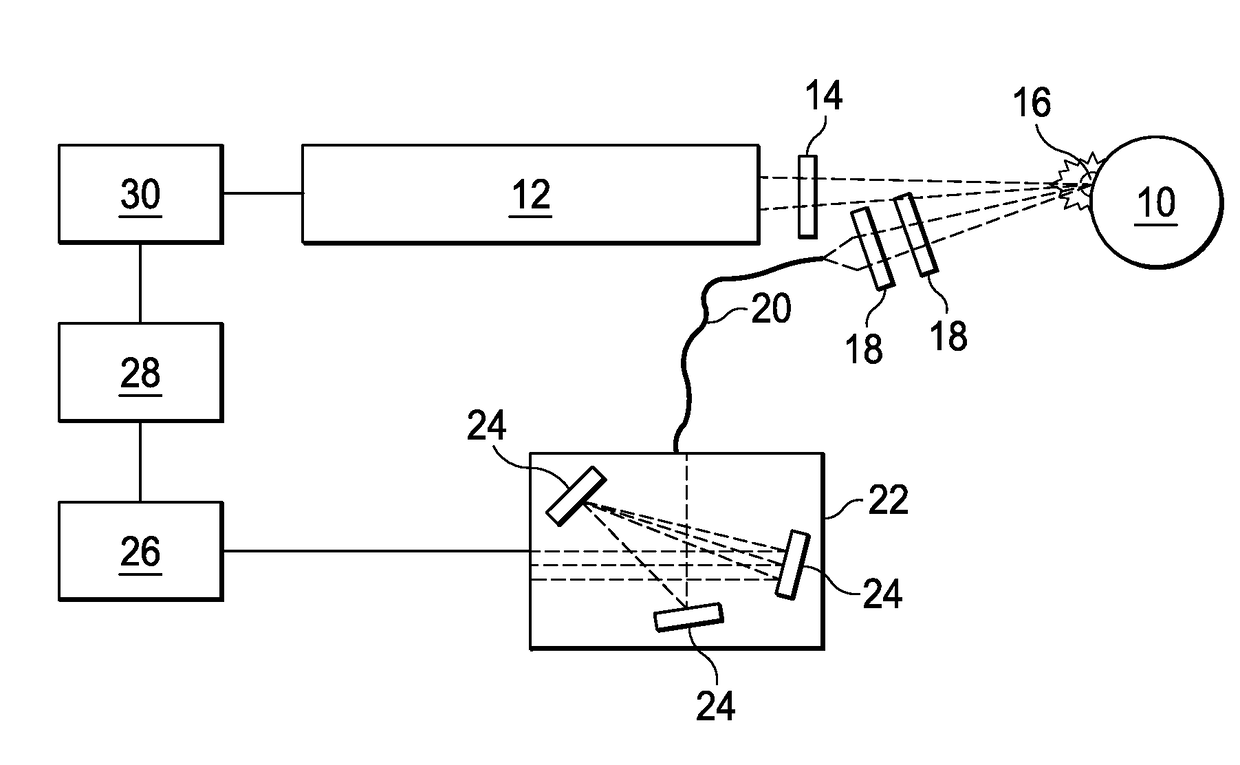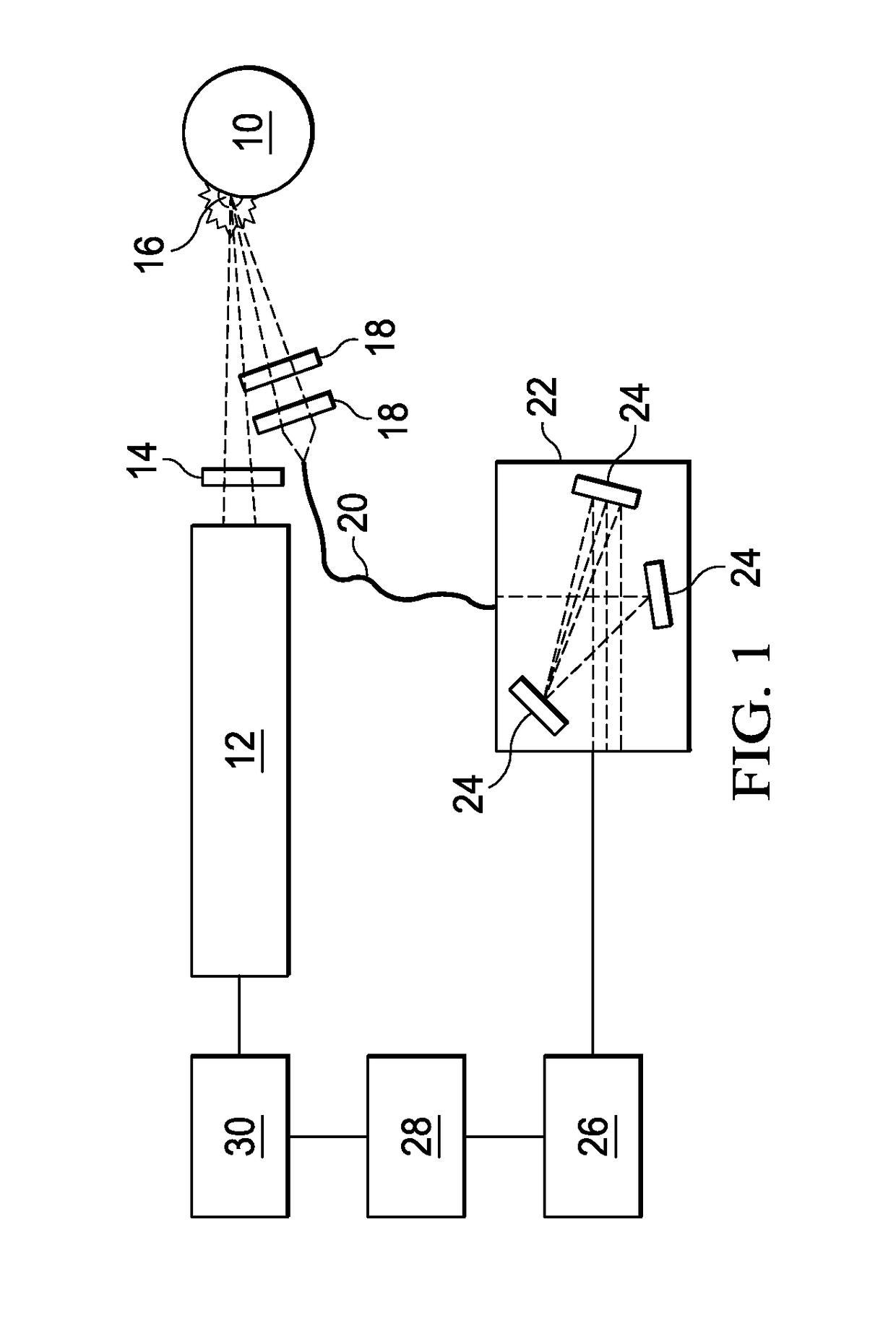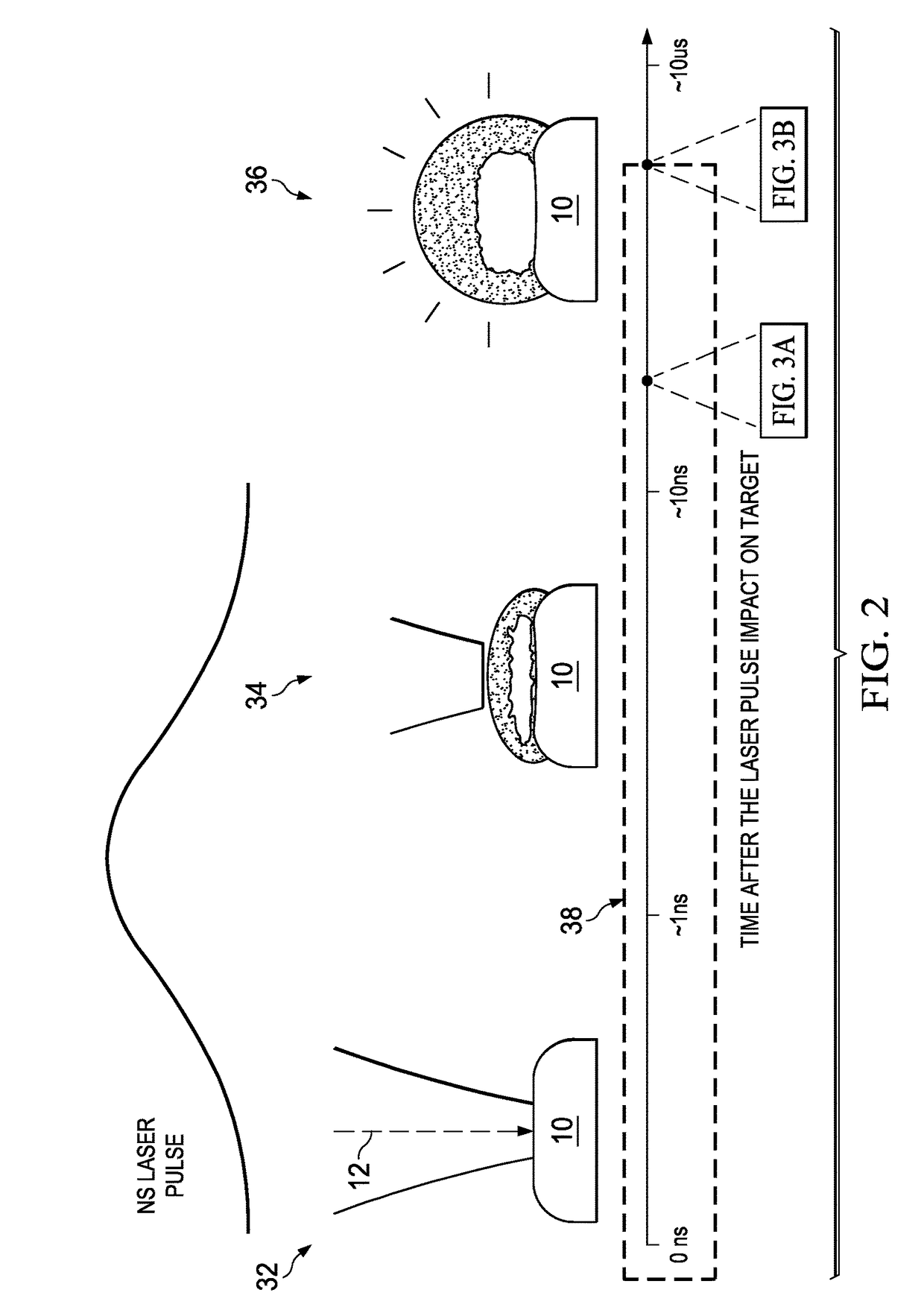Method for elemental analysis of a snack food product in a dynamic production line
a dynamic production line and elemental analysis technology, applied in the direction of optical radiation measurement, instruments, spectrometry/spectrophotometry/monochromators, etc., can solve the problem of historically unobtainable on-line detection accuracy in snack food applications, and achieve accurate results without negative impact on the final product ready for consumption
- Summary
- Abstract
- Description
- Claims
- Application Information
AI Technical Summary
Benefits of technology
Problems solved by technology
Method used
Image
Examples
Embodiment Construction
[0024]As used herein, the term “snack foods” is meant to refer to snack foods and non-alcoholic beverages, including without limitation, potato chips, baked potato chips, corn chips, crackers, tortilla chips, pellet-based snacks, pretzels, popcorn, trail mix, seeds, bread snacks, savory snacks, seasonings, puffed / extruded snacks, cereals, cookies, rice or grain snack products and processed fruit or vegetable snacks.
[0025]FIG. 1 illustrates a typical LIBS system for the testing of an unknown material sample 10. A pulsed laser 12, powered by a power source 30, for sample ablation or breakdown is focused onto the sample 10 through a focusing lens 14 to create a plasma or spark 16. Collection lenses 18 then deliver the light from the plasma 16 to a spectrometer 22 via an optical fiber 20. The spectrometer contains therein a set of optical lenses 24, which disperses the collected lights and separates the emission peaks for elemental analysis in a detector module 26. A computer system 28 ...
PUM
| Property | Measurement | Unit |
|---|---|---|
| width | aaaaa | aaaaa |
| width | aaaaa | aaaaa |
| focusing depth | aaaaa | aaaaa |
Abstract
Description
Claims
Application Information
 Login to View More
Login to View More - R&D
- Intellectual Property
- Life Sciences
- Materials
- Tech Scout
- Unparalleled Data Quality
- Higher Quality Content
- 60% Fewer Hallucinations
Browse by: Latest US Patents, China's latest patents, Technical Efficacy Thesaurus, Application Domain, Technology Topic, Popular Technical Reports.
© 2025 PatSnap. All rights reserved.Legal|Privacy policy|Modern Slavery Act Transparency Statement|Sitemap|About US| Contact US: help@patsnap.com



